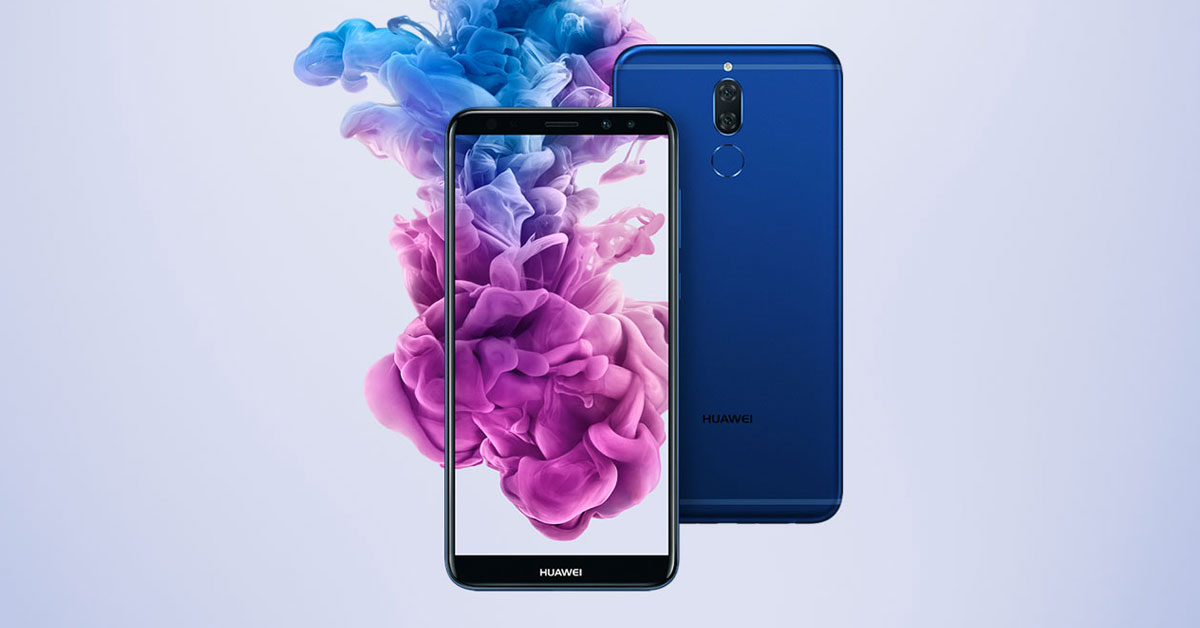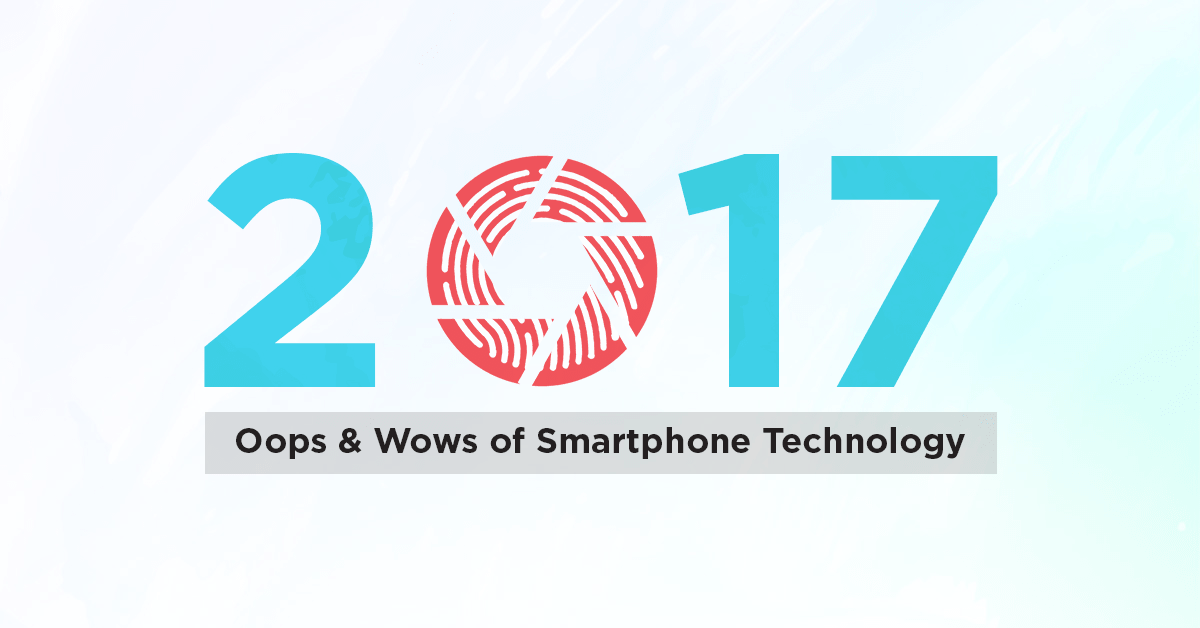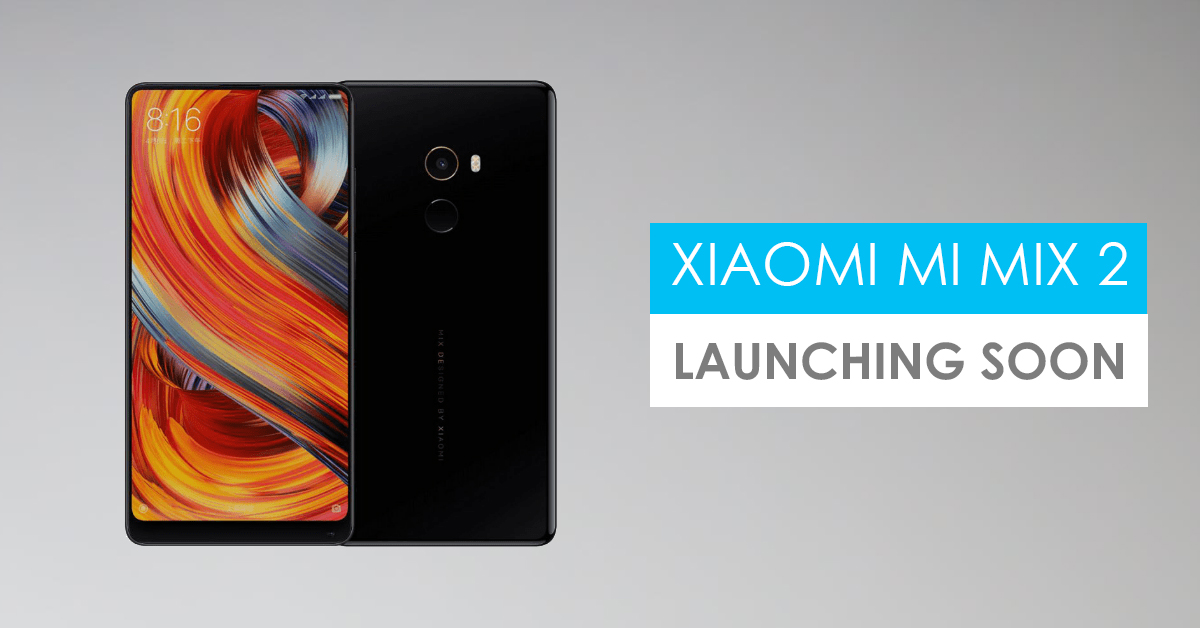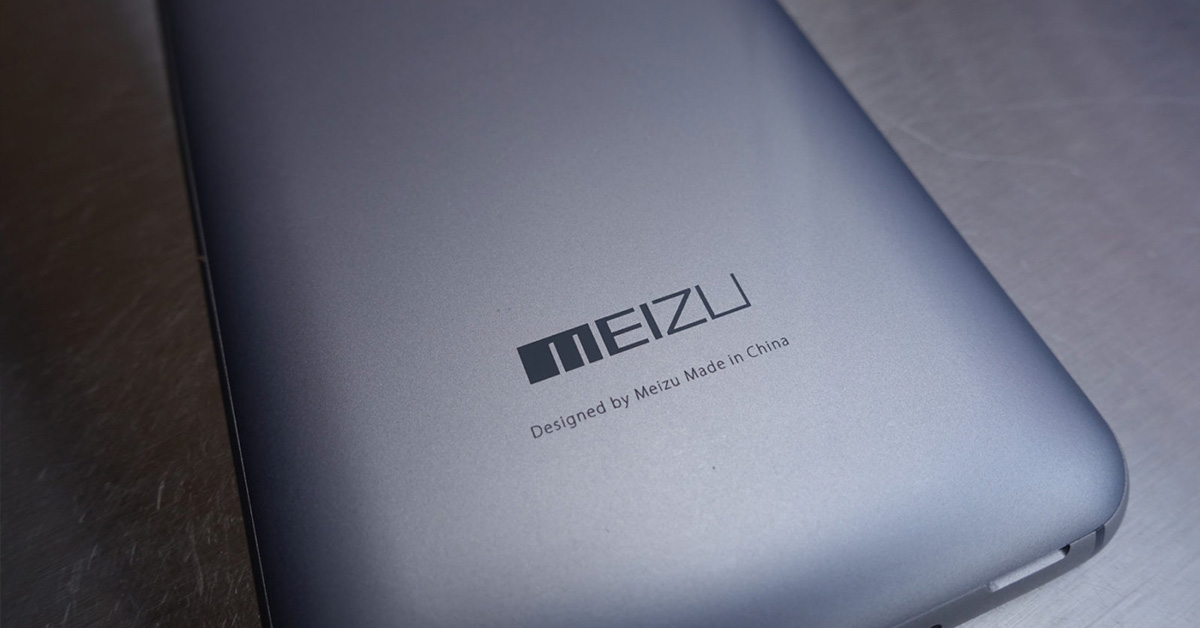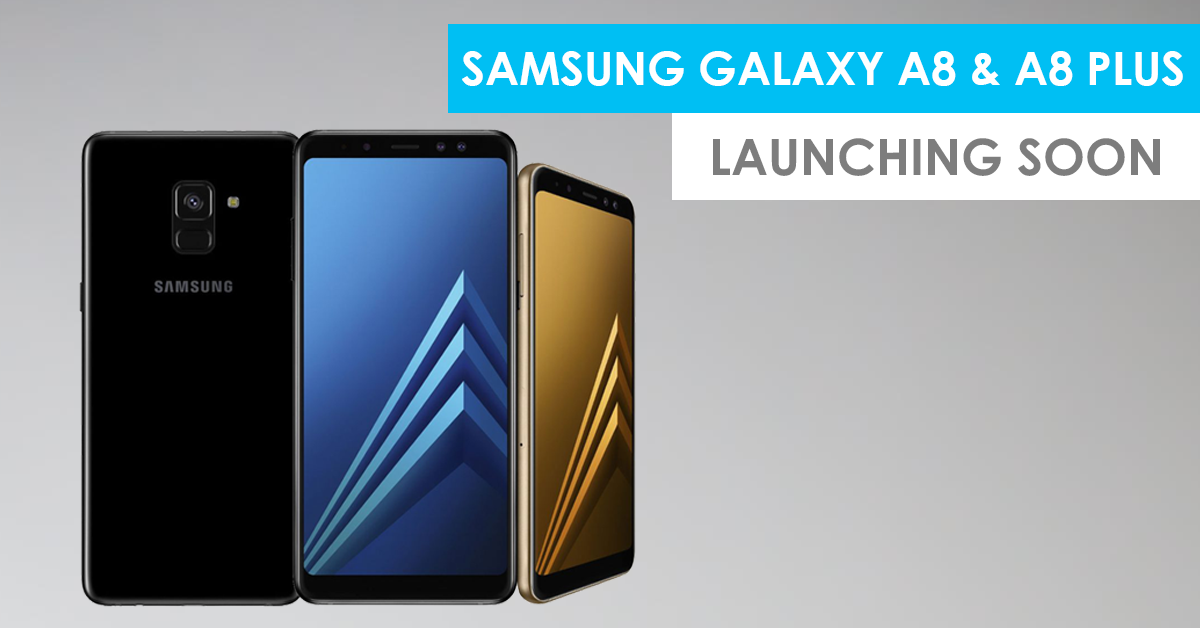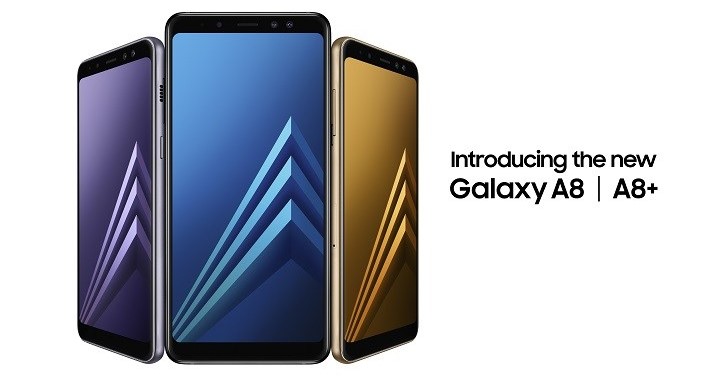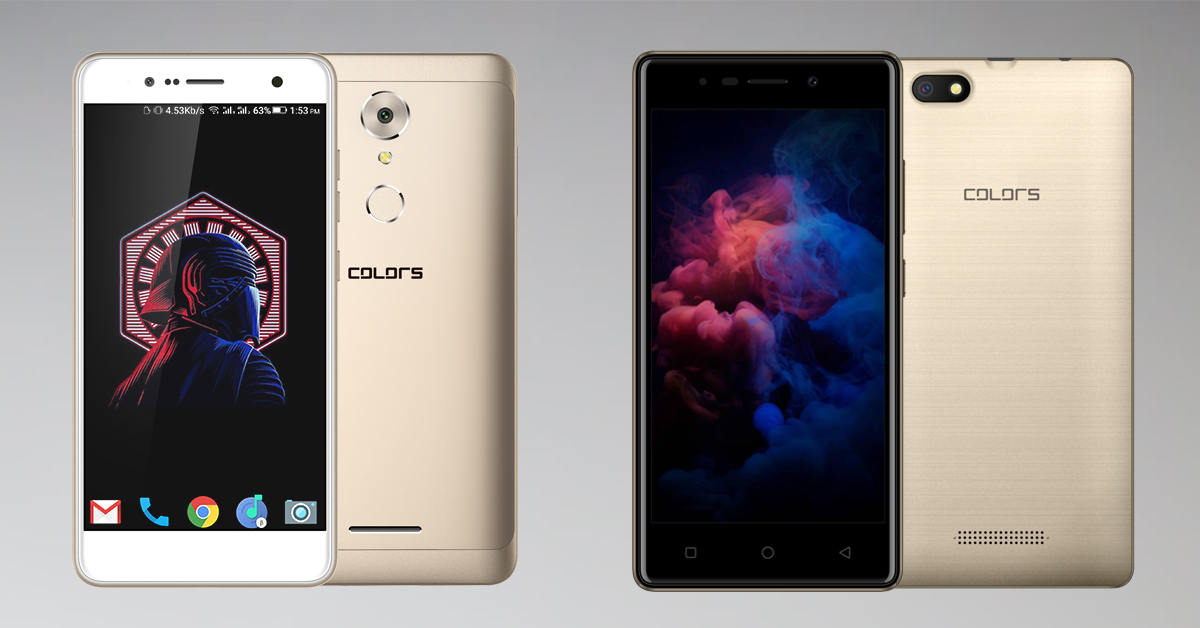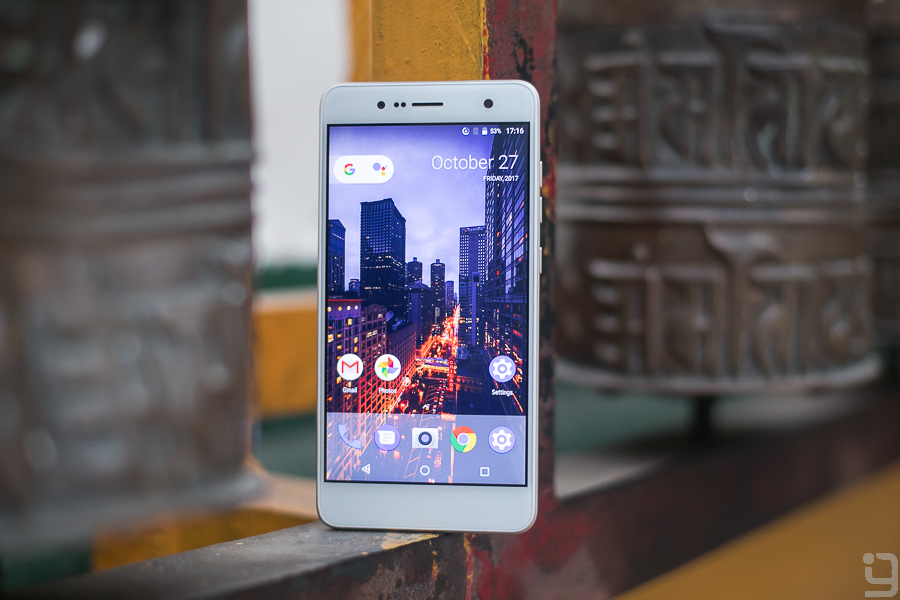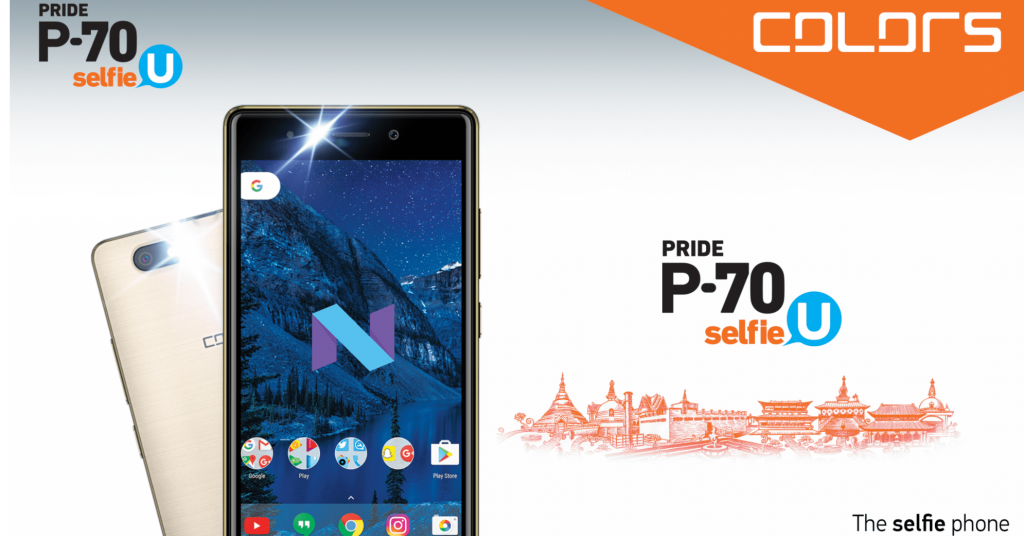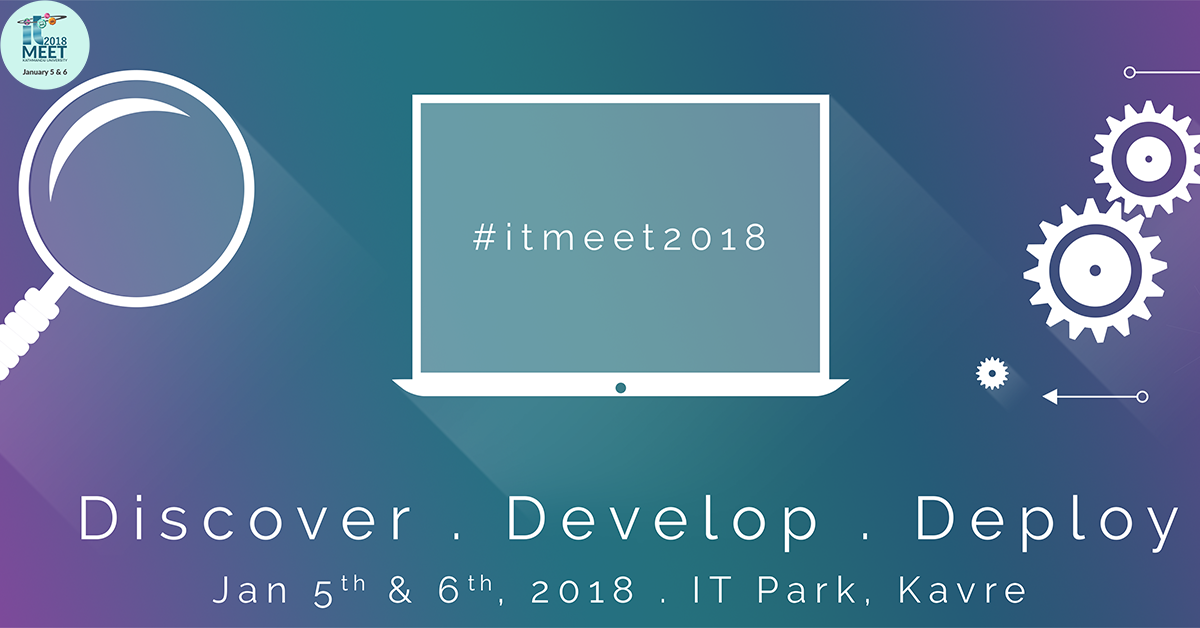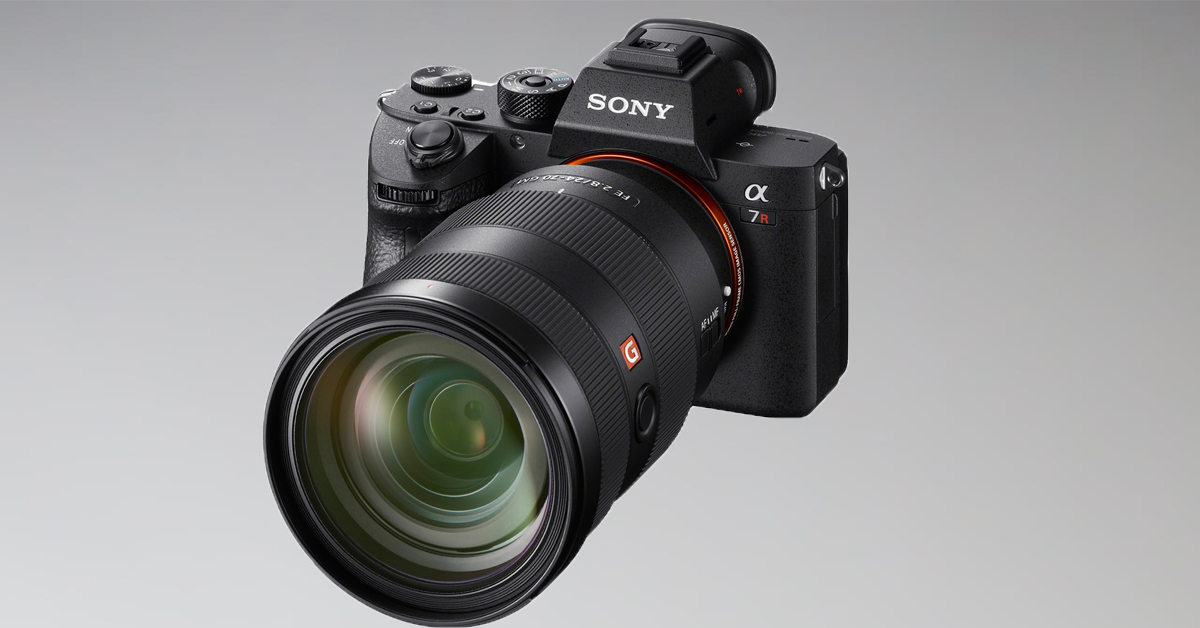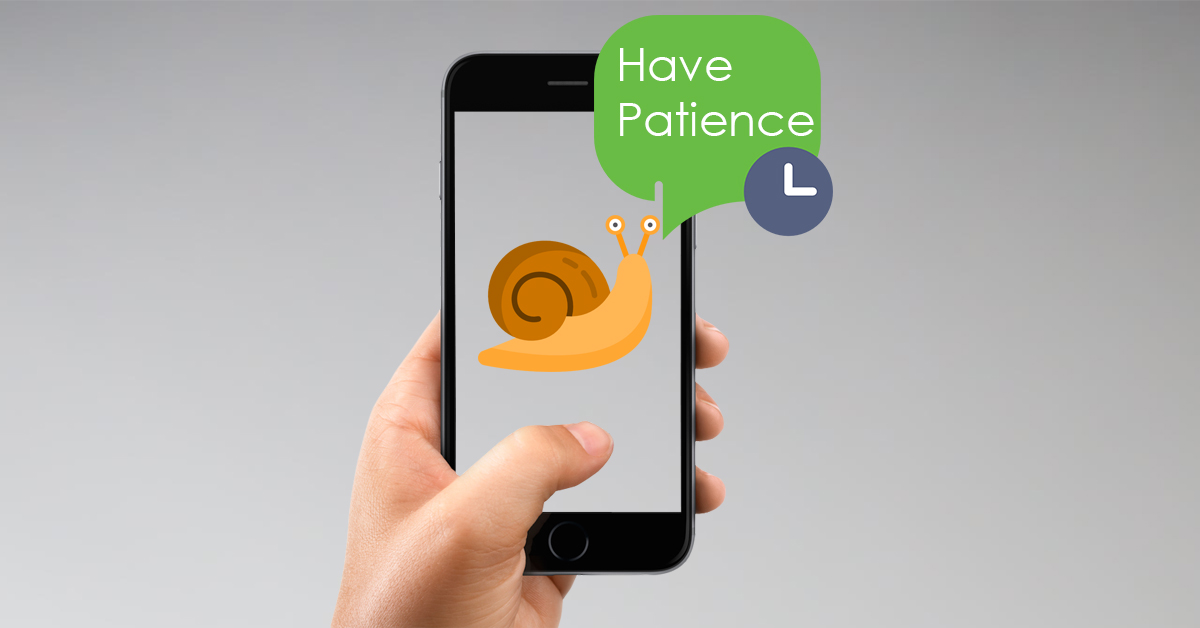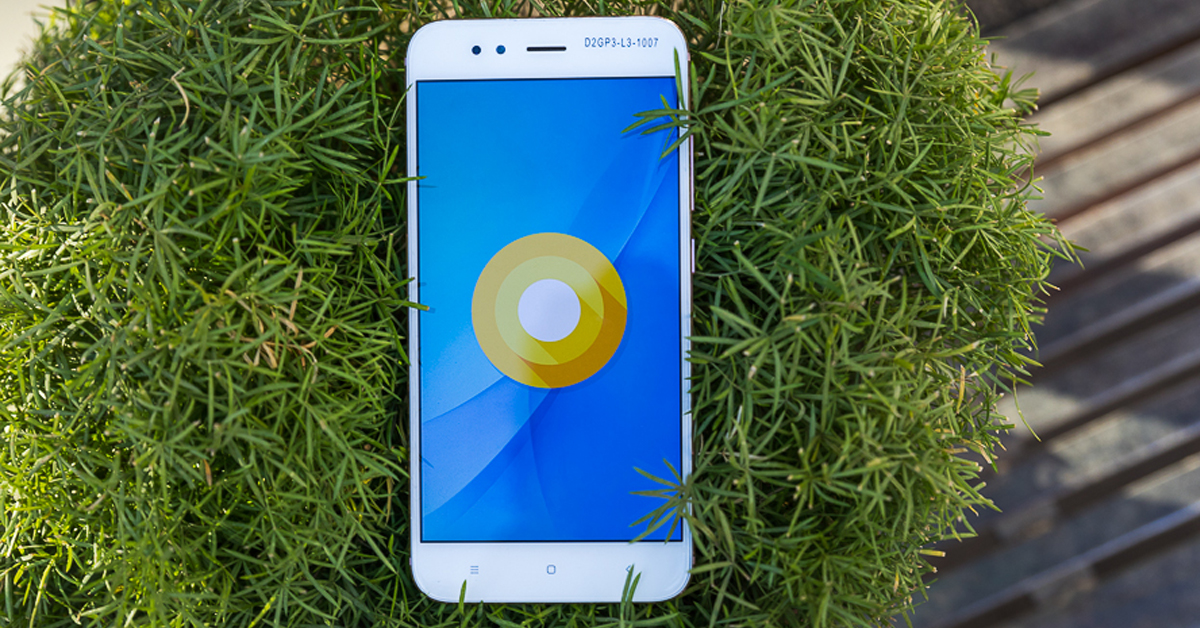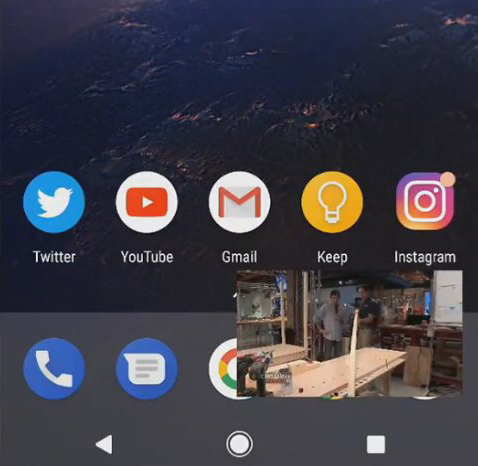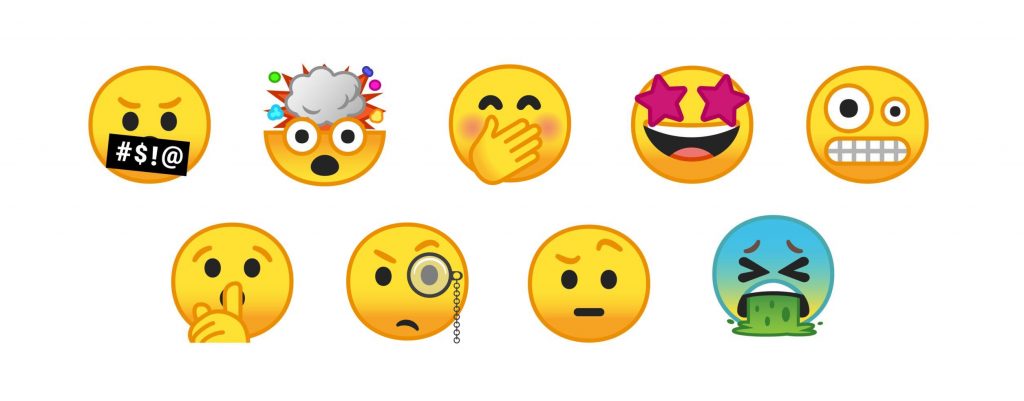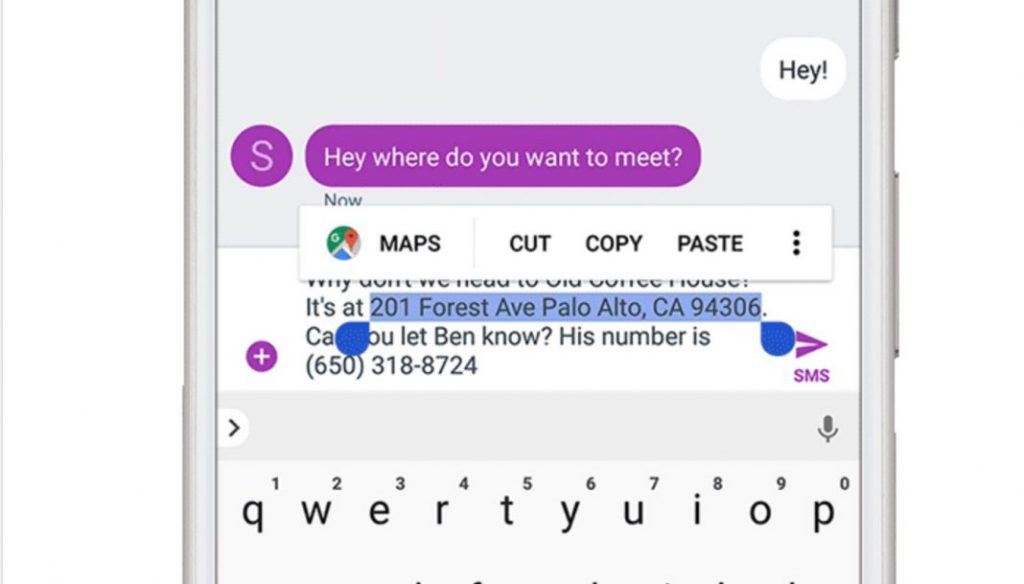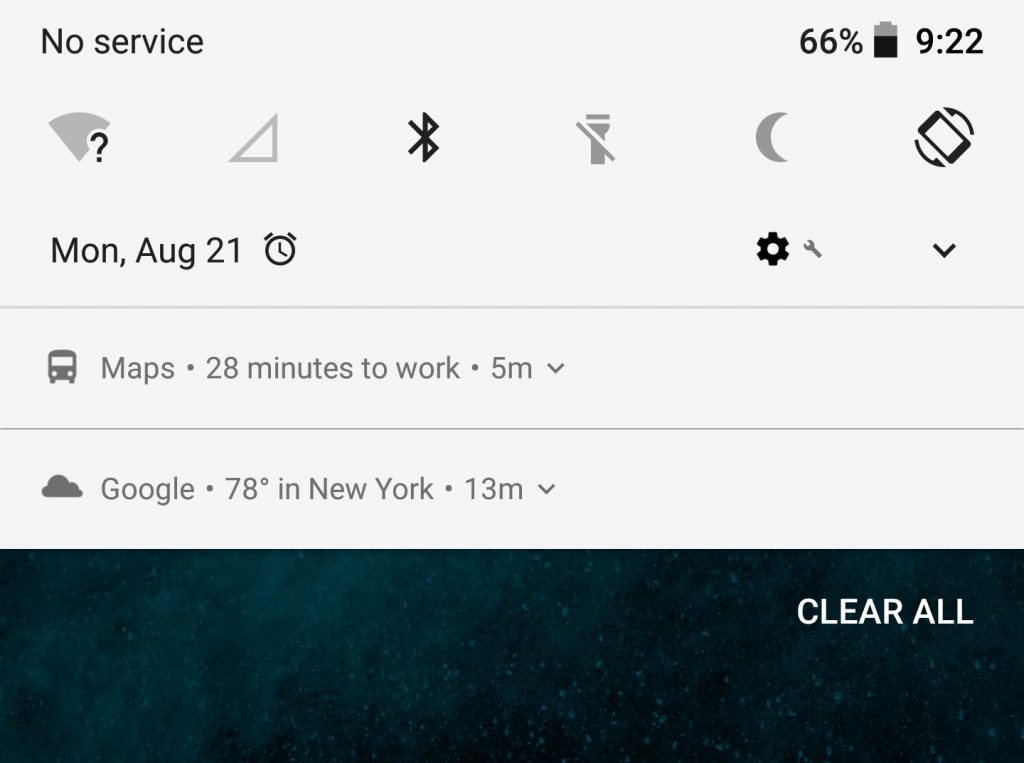We already bid farewell to the year 2017. However, the year had brought some cheerful and some disappointing innovations in the smartphone system, which cannot be ignored or forgotten simply. So, in this article, we have tried to recollect such oops and wows in smartphone technology, which affected the smartphone community and had been the talk of the town throughout the year. Let’s get started.
Wows of 2017
Bezel-less display
Xiaomi MI Mix, the smartphone, which came as an edgeless concept phone last year lacked bezels on three of its sides. On that phone, the bezels were located only at the bottom to house the front camera and proximity sensor. Later, LG conducted a survey to know the display size and smartphone size preferred by the smartphone users. The survey concluded that the users loved to have a big display without a corresponding increase in the smartphone size. The only way to meet such demand was to ditch the bezels and LG applied that formula on LG G6. The smartphone embraced univisium display with 18:9 aspect ratio and 78.6% screen-to-body ratio.
Samsung appreciated the concept of bezel-less display and applied the formula on Samsung Galaxy S8 and S8+. However, a little bit uniqueness on Samsung Galaxy S8 and S8+ was a weird and unfamiliar 18.5:9 aspect ratio.
Since then a large number of smartphone manufacturers implemented the concept and even made the 18:9 aspect ratio trendy. The Samsung Galaxy Note 8, Samsung Galaxy S8 and S8+ comes with 18.5:9 aspect ratio and iPhone X with 19.5:9. Except for these smartphones, all the bezel-less smartphones come with 18:9 aspect ratio.
Also Read: Smartphones with bezel-less display in Nepal
Cameras getting better
Since the beginning, the cameras on smartphones are getting better in every iteration. And in this year too, the trend continued. Coming towards the end of the year 2016, different manufacturers had adopted the concept of the dual camera. And this year the concept grew like a wildfire in the smartphone community. From the budget smartphones to the flagship ones, all (almost) smartphone brands had been touched by the concept of dual cameras. And almost all smartphone manufacturers brought at least one smartphone of such type in their lineup.
Huawei stuck to the idea and brought some fancy smartphones with top-notch cameras like Huawei P10 Plus, Honor V10, Mate 10 Series, Honor 9, etc. this year. The dual camera setup on the high-end Huawei devices is the combination of Monochrome and RGB sensor. And Leica is the collaborated vendor for supplying the required optical products. However, in the mid-range section, there is a different story. The mid-tier smartphones lack the optics from the Leica and the lenses used is basically for the depth sensing and to deliver Bokeh effect. Still, Huawei seems to satisfy its customers as it gained the second position in the sales beating its archrival Apple. And Nepali customers might also fall among the happy ones as Huawei brought Huawei Nova 2i, the first smartphone in Nepal with four cameras.
iPhone brought iPhone X, iPhone 8 and 8 Plus this year. Apple gained a lot of applause this year for the innovations brought in the tech world and for the specs packed in its devices. And one of the reasons for the appraisal is its camera. iPhone X, the anniversary edition iPhone score an astounding 97 score on the reputed camera benchmark, DxOmark. The iPhone 8 and 8 Plus are not much far behind. iPhone 8 possesses DxoMark benchmark score of 92, whereas the iPhone 8 Plus has 94.
Samsung Galaxy Note 8 had been persistent all along with the single camera setup. Even on the Samsung Galaxy S8 and S8+, Samsung hesitated to include an additional camera. Probably Apple could be the motivation here, but Samsung finally stepped-up to include a dual camera on its smartphone and Samsung Galaxy Note 8 had been the first and lucky one. And probably, the dual camera is to be credited for the increase in DxoMark score from 88 (in S8) to 94 (in Note 8).
Despite the endeavors of smartphone manufacturers to provide a dual camera to mimic the shots of DSLRs and to produce Bokeh effect, the smartphones have failed in one or more scenario. However, just with a mere presence of a single camera, Google Pixel 2 and Pixel 2 XL produced Bokeh shots with a close resemblance (than others) to that of DSLRs. And outperforming all the flagship smartphones of 2017, Google Pixel 2 and Pixel 2 XL scored the highest DxOmark score (for smartphones’ camera) of 98.
New security options
This year, new security options were seen on the smartphones. Iris scanner on Samsung Galaxy S8, S8+ and Note 8 was absolutely remarkable. The technology was developed by Samsung earlier and had incorporated it on the Samsung Galaxy Note 7. However, because of the exploding issues of the Note 7, the smartphone discontinued and the tech community was not quite able to experience the new biometric security.
Every person has unique patterns in the irises and such patterns are virtually impossible to replicate. This uniqueness has made the iris authentication one of the safest ways to keep the phone locked and the contents invulnerable.
Also Read: Hackers tricked Samsung Galaxy S8’s Iris Scanner
Apple also brought the new security option on the iPhone X. Namely known as FaceID, the technology uses a combination of the infrared emitter and TrueDepth sensor to mask 30,000 points of infrared light on and around the face. After the masking process, it generates flat infrared snapshots like the photos (2D).While registering the face; the depth sensor measures the depth on the face accounting the reflection of infrared light on each point and hence constructs a depth map of the face. On the launch ceremony, CEO of the Apple boasted that the technology is extremely secure. Putting forward as the proof Apple’s CEO mentioned that the odds to unlock a smartphone with someone else’s fingerprint is 1in 50,000, however, similar chances of unlocking the iPhone X with other’s face is 1 in 1,000,000.
Also Read: iPhone X facial recognition shows mixed results in identifying twins
Nokia and Blackberry Revival
Company of the Nokia with Microsoft was not quite fruitful. Before the acquisition by Microsoft, Nokia was the most popular and most selling mobile brand. However, with the emergence of iOS and Android platform and with the decision of the Nokia phones to adopt Windows OS ecosystem, the market share of Nokia mobiles fell at an unprecedented rate. With the downfall getting intolerable, Nokia freed itself from the clutches of Nokia and collaborated with HMD Global to bring Android smartphones. And in MWC 2017, Nokia announced its revival in the smartphone market launching Nokia 3, Nokia 5 and Nokia 6 smartphones as the proof. And the comeback was a pretty exhilarating one because the new Nokia smartphones sold out in minutes on more than one occasion.
Blackberry smartphones were renowned for their iconic keypad and remarkable security. But as the Android and iOS smartphones marked their presence in the smartphone arena, the hunger for the Blackberry smartphones amongst the people simply started to fade away. And later, the sales and shares climbed a downhill. A little later, Blackberry ditched their home-baked BB10 OS and brought an Android smartphone but keeping the iconic keypad intact. The smartphone was dubbed as Blackberry Priv, which had a sliding QWERTY keyboard, remarkable 5.4-inch AMOLED display featuring Quad-HD resolution and 18MP rear camera with OIS. However, in the tech society lured with the screen-touch smartphones, the smartphone was unable to gain the customers. With all the endeavors turning futile, Blackberry decided to quit the smartphone manufacture business. In the October 2016, Blackberry officially announced to discontinue making smartphones by itself.
However, with this remark, Blackberry has not been lost in the oblivion. Blackberry is now just the licensing partner while TCL is now manufacturing the Blackberry smartphones. TCL is keeping the name of the Blackberry alive and taking credits for launching the Blackberry smartphones. Till the date, TCL has launched three Blackberry smartphones, namely Blackberry Mercury, Blackberry KeyOne, and Blackberry Motion. And how will the TCL go with the Blackberry, there is more yet to be seen.
Growth of AI Assistants
Since 2011, iPhones always seem to be upper hand over the Android smartphones because of Siri, the AI assistant. However, in 2017, many AI assistants were released. In 2017, Google Assistant got better and the most interesting thing is Google brought the Google Assistant app for the iOS posing an open threat to the Siri. Samsung also brought a new AI assistant named Bixby. Amazon’s Alexa and HTC’s home-baked AI HTC Sense Companion were also quite heard in 2017. However, Samsung’s Bixby, Amazon Alexa and HTC Sense companion were barely comparable to the Google Assistant and the Siri during the time being. But how they will perform in 2018, there is more yet to see.
Artificial Intelligence and Machine Learning Capability of the Chipsets
Apple brought the new A11 chipset in the iPhone X, iPhone 8 and 8 Plus. Fabricated using 10nm technology, the chipset packs 4.3 billion transistors and has embraced six cores CPU and three core GPU. However, the exciting addition to the chipset is Neural Engine, which can perform up to 600 billion operations per seconds. Apple claims that the Neural Engine is used for FaceID, Animojis, and Machine learning tasks. Similarly, improving the AI capabilities, Qualcomm released Snapdragon 845 with the visual processing unit and Huawei released the Kirin 970 with the Neural processing unit. The chipset seems to be exceptionally superior, however, to get the closer glimpse of the AI capabilities of the chipsets, in-depth review of the smartphones equipped with aforementioned chipsets is highly essential.
Also Read: Has Machine Learning become a part of our life?
120Hz Refresh Rate on Smartphone
Razer is a familiar name amongst the gamers. Razer had been providing superior and reliable gaming performance in its laptops and Ultrabooks all along. However, in 2017, Razer expanded its horizon stepping its feet in the smartphone arena. Dubbed as Razer Phone, the smartphone comes with some nifty set of hardware with gaming touch by the Razer. The most exciting touch by the maker is the astounding 120Hz refresh rate on its display. Razer has named it a UltraMotion display and Razer Phone is the first smartphone to be equipped with such fast refresh rate. With such high refresh rate, one can enjoy smooth graphics on the use. The UltraMotion display also has an adaptive refresh technology that synchronizes the GPU and display, which removes image tearing or lag.
Also Read: Is 120Hz Refresh Rate on display the future of Smartphone?
Oops of 2017
Struggle of the fingerprint sensors
Fingerprint recognition is the biometric security means and is more reliable to the pin, password and pattern recognition. In 2017, this security means was widely adopted in the smartphones. It was difficult to find smartphones without fingerprint sensor even on the lower-midrange and budget segments. However, some big names had been notorious throughout 2017 because of the way they treated the fingerprint sensor in their premium handsets.
Samsung had been persistent on keeping the sensor in the home button of their smartphones. However, in Samsung Galaxy S8, S8+, and Note 8, the bezels were minimized making it impossible to fit the sensor on the chin. Shifting the sensor to the back was the alternative left and Samsung embraced the alternative without a second thought. The fingerprint sensors provided on the smartphones were sensitive and unlocking the devices was abrupt. However, the placement was not quite accessible to the hands on the use. Despite the alluring symmetry, because of the awkward placement, one would always end up smudging the camera placed in the proximity.
The archrival to the Samsung, the Apple had also been talk of the town because of the fingerprint sensor. But unlike the Samsung flagships, Apple completely uprooted the sensor from its anniversary edition iPhone, the iPhone X. Adopting the trendy bezel-less display and because of its resistant to shift the sensor to the back, iPhone X was obliged to bid farewell its infamous TouchID.
Death of Windows Phones
With Cortana AI assistant and Windows OS in the system, Windows Phones looked cool and lucrative. However, with the Android and iOS devices rising in the tech community, the craze of the Windows Phones fell at an exponential rate. Because of the increased functionalities and appealing hardware and software capabilities of the iOS and Android devices, Windows Phones suffocated in the smartphone market. And in 2017, Microsoft’s Joe Belfiore officially announced the death of the Windows Phones. Despite the announced death, Microsoft promised to continue the support for the platform, bug fixes, security updates, etc. However, they will completely halt the production of new features and hardware and will bring nothing new to the Windows Phones.
If you have any more things to add to this oops and wows in smartphone technology, let us know in the comment section. And if you are unaware of our YouTube Channel, Please check it here and subscribe it. The GadgetByte Nepal team also requests you for your generous and valuable feedbacks.



